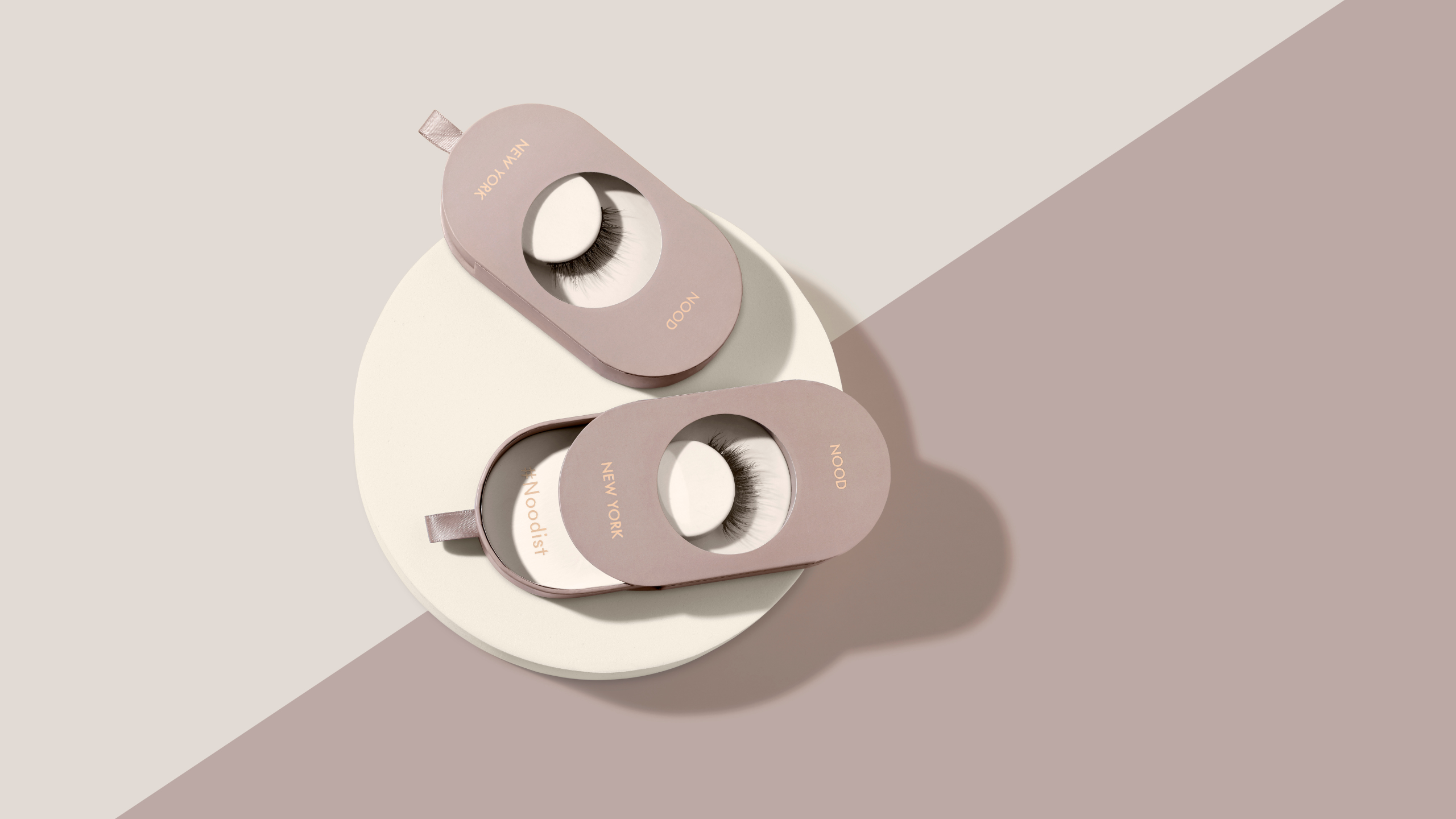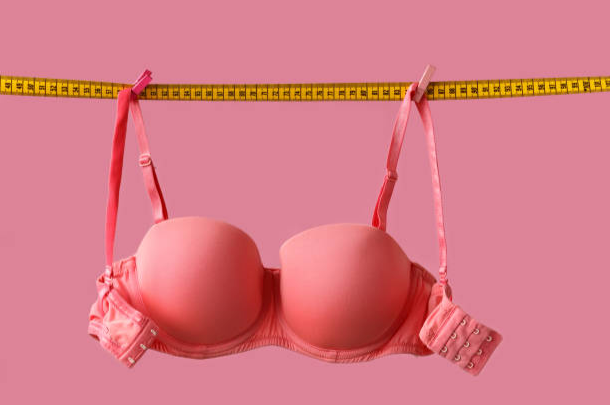False eyelashes have been a popular beauty trend for many years, and it's easy to see why. They can give your eyes a dramatic and glamorous look that can take your makeup game to the next level. However, there's a dark side to this beauty trend that is often overlooked – the environmental impact of plastic false eyelashes.
The Problem with Plastic False Eyelashes
Here's why plastic false eyelashes are harmful to the environment:
- Most plastic false eyelashes are made from synthetic materials, such as polypropylene, that are not biodegradable. This means that when they are disposed of, they will sit in a landfill for hundreds of years, contributing to the already massive amount of plastic waste in the environment. Moreover, the process of producing plastic eyelashes requires a lot of energy and resources, leading to more pollution and carbon emissions
- Production of plastic contributes to greenhouse gas emissions: The production of plastic contributes to greenhouse gas emissions, which are a major cause of climate change. The more plastic we use, the more we contribute to global warming.
- Plastic harms wildlife: When plastic ends up in the ocean, it poses a significant threat to marine wildlife. Animals can mistake plastic for food, leading to ingestion and entanglement, which can be fatal.
- Another issue with plastic false eyelashes is that they often come in excessive packaging, which further contributes to the plastic waste problem. The packaging is typically made from a combination of plastic and cardboard, both of which are not easily biodegradable.

The Solution: Biodegradable False Eyelashes
Fortunately, there is a better alternative to plastic false eyelashes – biodegradable false eyelashes. These eco-friendly lashes are made from materials that are biodegradable, such as bamboo, hemp, cotton or new tech like Korean bioPBS, a 100% biodegradable plastic alternative derived from sugarcane. They are also often packaged in sustainable materials, such as paper or biodegradable plastic. Biodegradable false eyelashes are also cruelty-free, meaning they aren't tested on animals.

By switching to biodegradable false eyelashes, you can help reduce the amount of plastic waste in the environment and minimize your carbon footprint. Plus, you'll be supporting brands that are committed to sustainability and ethical practices. At NOOD, our lash range is made of a revolutionary bio-based material called PBS (Polybutylene Succinate) that is derived from natural resources, such as sugarcane, cassava and corn. Combined with a soft, flexi-cotton band, these are the worlds first 100% biodegradable lashes that leave no nasty micro-plastics behind. We are proud to say that we are almost entirely 100% plastic-free when it comes to our packaging too! We work with incredible companies like No Issue and Grounded Packaging to ensure that our packaging uses the latest innovations in sustainability. From carbon neutral certified compostable mailers to tissue paper and stickers that are made with FSC recycled paper and natural non-toxic dyes. We make the effort from the start, to make sure you don’t have to.
Conclusion
In conclusion, plastic false eyelashes are a beauty trend that comes with a significant environmental impact. By switching to biodegradable false eyelashes, you can do your part to reduce plastic waste and minimize your carbon footprint. Not only will you be making a positive impact on the environment, but you'll also be supporting brands that are committed to sustainability and ethical practices. So the next time you're in the market for false eyelashes, consider choosing a biodegradable option. Your beauty routine will thank you, and so will the planet.






